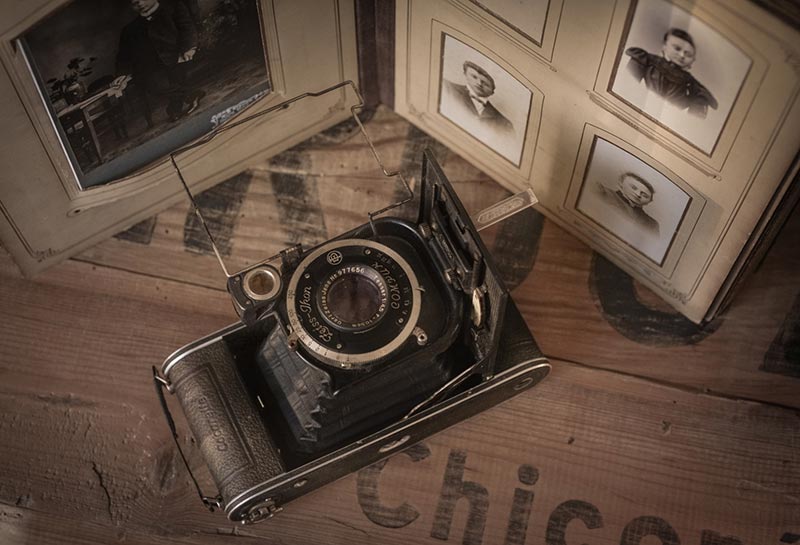In the summers of 1826, a French inventor, Nicephore Niepce, shocked the entire world by capturing the first image through a process called heliography.
Intrigued by the potency of this undeveloped market, business executives invested more of their resources into the untapped world of photography. As expected, the industrial revolution set the chains in motion for the production and development of photography.
Ever since then, photographs have become an integral part of not only our lifestyle, but the commercial and corporate sectors as well. However, the more influential these phenomena became, the more it begged one particular question: How workable was it to edit and modify these images? The answer to this question relies on a thorough understanding of the history of photograph retouching and image editing.
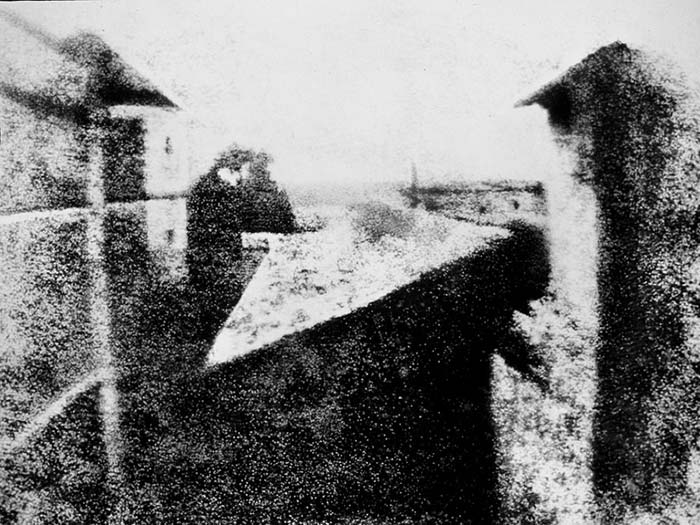
However, before we describe the history behind the modern phenomena of photo retouching and editing, it is important to understand these terms and differentiate between them.
Photo Retouching Vs. Editing
Many people use the terms photo retouching and editing almost interchangeably. In reality, these terms do not equate to one another.
Editing refers to the act of adjusting a picture. This is done in a variety of ways such as through cropping or straightening an image, balancing the light, adjusting the exposure or the temperature of the picture.
Photo retouching refers to the act of improving upon or changing the appearance of an image. Photo retouching allows you to eliminate certain defects from your image. The goal in mind when retouching an image is to fulfill the artistic potential of the edition.
Photo retouching is most commonly used while altering the images of celebrities/models post-photo-shoot. You must have been stunned to see how unblemished the skin of celebrities looks in fashion publications. Well, this is exactly why.
Other ways through which photo retouching alters a picture is by brightening the teeth of the subject, producing smooth skin, or sometimes even removing unwanted objects from images.
Most editors resort to photo retouching when simple editing doesn’t work for them. Photo retouching requires you to put in more effort and time to produce the finest results. Both photo retouching and editing play an integral role across many industries.
Hundreds of companies seek photo retouching services since they not only require professionalism, but also demand creativity.
So then, how did these processes become universally renowned?
History of Photo Retouching and Editing
Nowadays, you can find Adobe Photoshop or Lightroom in the PCs of almost every household.
These image editing software are so commonly used that one fails to consider: How was life before these services came into existence? How did people alter their photographs all those decades ago?
It would surprise many to find out that actual history of image editing begins with the invention of the first cameras themselves. However, there was a catch. It was highly uncommon to use photo editing services for various reasons.
First, it was incredibly time-consuming. Few people were willing to spend days waiting for an image to be edited. Second, it was expensive. Nobody except the richer strata of developed nations could afford to alter their images.
The editing process itself was not pretty and required extremely high concentration levels. This meant that the process of image editing gained little recognition in the 19th century. However, this did not mean that there was no development in this sector.
New editing technologies continued to appear and started becoming readily more available to the general population.
Additionally, Nowadays Photoshop is used for old photos restorations which are damaged and need repairing.
The Beginning of Image Altering
One of the earliest cases of image editing happened in 1846, when a picture of five monks standing on the top of a building was edited by Richard Jones.
He skillfully placed the fifth monk between the rest of the monks who were standing together in a group. To really put this into perspective, the first instance of a practical photograph captured occurred only five years ago in 1841.
This showed how rapidly the industry of photo processing was changing.
Over the next three decades, multiple photo processing services were introduced, i.e. wet plate collodion and gelatin-silver photo process. These remained in use until the 20th century before being replaced by auto-chromic images.
These are two of the most famous examples of image altering. The question then arises, how were these processes carried out?
The Process behind Photo Retouching in the 19th Century
During the mid-1800s, William Henry Fox introduced negative copies of photographs. He produced these copies through a process called calotype, which allowed photographers to produce multiple copies of their images. Some of the earliest cases of photo manipulation were documented on these copies.
What essentially happened was that photographers would follow a certain pattern while editing the image. The first step was to expose the negative in the camera, which was followed by processing it with different chemicals inside a darkroom.
A darkroom is a type of room that blocks any light from entering inside it. Even today, some photographs still make their prints through a darkroom. The chemicals employed in an image were used to either further develop it or fix the photo.
Photographers would enamel prints to prevent the negative from being exposed to damage and preserve it. The actual process of image retouching used to be performed on a uniquely designed table that was inclined at an angle of almost 45 degrees from the surface.
The negative, after being varnished, was placed between the frames of the table. Light was then shone through from behind the working surface with the help of a reflective surface.
Everything about this process was incredibly delicate and prone to blunders. It required the utmost professionalism. Even the windows had to be closed in order to avoid stray lights from entering the room.
Interestingly, one notices the similarity between a photo editor of the 19th century and a surgeon. The actual editing required a lot of precision. For this purpose, editors used a blade similar to a scalpel. Of course, not everyone was able to carry out this procedure without erring in judgment.
A common problem was taking multiple pictures and choosing the worthiest one to edit. This required long hours in the studio, and even longer hours amending the picture. Fortunately, with the rapid development in technology, photo retouching and editing started requiring less time and producing more accurate edits.
Photo Retouching and Editing in the 20th Century
In the 20th century, most editors and photographers either created, or figured out different ways of editing images. There was an exponential growth of different photographic techniques, and those photographs could be edited in their own particular way.
From the 1910s, commercial studios started offering editing services to modify images. People who couldn’t attend group portraits were integrated into those pictures. People who desired their complexion or face structure to change were given the opportunity to do so.
Many photographers started finding their own innovative ways of editing photographs.
During the 20th century, there were hundreds of iconic pictures taken and edited all over the world. Some of the examples include Benito Mussolini riding a horse in 1942. The image was famously edited to remove the stableman from the scene to make it look more extravagant.
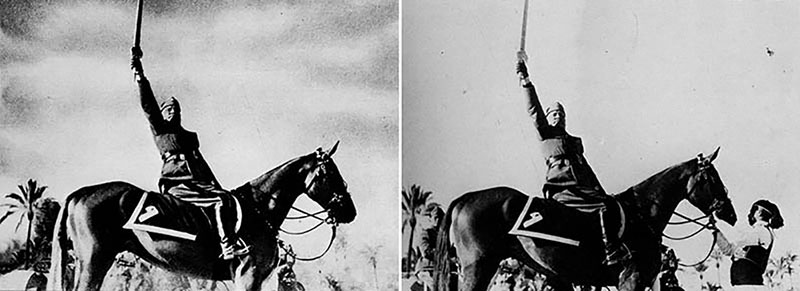
Industries started beautifying images by altering them. With the increasing normalization of colored images, the beautification of images created an enormous demand for image editing and retouching. People now flocked to studios to have their pictures modified.
This was all well before the era of Photoshop and other such services.
Not until Adobe Photoshop was released in 1987. That paintbox was made available with Quantel computers which allowed digital manipulation of images. This marked the beginning of photo editing becoming accessible to most individuals.
Image Retouching and Editing in the Modern World
You can have a look at our samples for using Adobe Photoshop, Made by Photorelive experts.
That image editing tools are only now a few clicks away on our digital devices goes highly underappreciated.
This has only been made possible through extensive investment in the photography sector, which has subsequently allowed editing services to increase their customer base.
One of the most well-renowned photo editing software in circulation since the 21st century is Adobe Photoshop.
Adobe Photoshop is used extensively in industries such as digital media, Architecture, Graphic designing, and a lot more. It comprises a vast array of tools that you can use to retouch your pictures and change background.
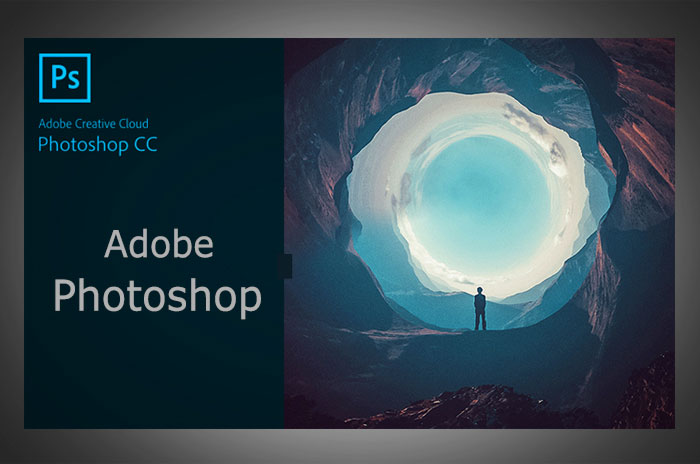
These tools have now been incorporated by other editing service providers and are readily available to anyone who desires to change any aspect of their image.
There are certainly many appreciable qualities of modern editing software, such as the fact that it isn’t time consuming, nor do editors have to bend their back to edit their images anymore.
The advent of these software has allowed us to completely modify images however we want.
Some of the techniques we can now use while editing our images include changing the texture of the image, adjusting the level of brightness, removing blemishes on your skin, and structuring your different body parts.
Uses of Photo Retouching throughout History
Throughout our history, photo retouching and editing have been extensively used for various purposes. In the pre-technological era, photo editing was vested in political motives since it wasn’t difficult to deceive the general population.
One of the most famous examples of that would be the era of Joseph Stalin. He made use of photo editing for propaganda purposes in 1920 when he purposely retouched his political nemesis out of a photograph. This gave rise to the censorship of images in the Soviet Russia.
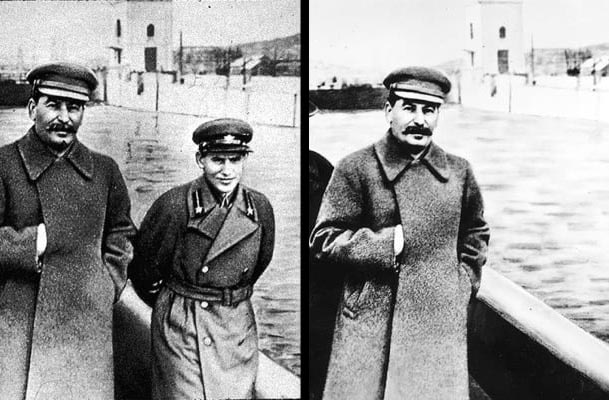
During the 1930s, John Heartfield, a renowned visual artist, created a type of photo manipulation that was used to criticize Nazism. This was known as photomontage and was one of the earliest forms of photo retouching.
After the World War 2, photo retouching became a widely used phenomenon to bolster propaganda machines.
Photo retouching found a common base in journalism as well. Photojournalists started to manipulate images to increase the audience for their newspapers. Some editors started falsifying images which evoked mixed reactions from different communities.
One such example of that was the photo manipulation of two Egyptian pyramids, which were edited to appear closer together than the actual photograph. This was posted as the magazine cover of National Geographic and sparked a debate regarding the limitations of falsifying images.
The biggest use of photo manipulation, however, has recorded itself most prominently in the annuals of the fashion industry. Ever since its inception, photo retouching has been vilified for promoting unrealistic body images.
The fashion industry has always been a proponent of such types of photo manipulations. The manipulation of images involved ranged from changing not only the skin tone of the subject, but also the body shape. This eventually resulted in the embodiment of an ‘ideal figure’ that became conventional beauty standards.
This harmful use of photo retouching incited (and continues to do so even to this day) a ceaseless debate regarding the ethics of photo manipulation. Of course, the more common the usage of photo retouching became, the more frequently did viewers started losing trust in different forms of media.
After and during the 90s, photo retouching was being used in almost every sector. Whether that was to beautify images, increase social capital, or to bolster propaganda, it didn’t seem to matter.
Conclusion:
Throughout the history, photo retouching and editing have played a decisive role in our society. From the very beginning, photo manipulation had no clear role outlined for itself.
Its versatility allowed it to be incorporated in numerous industries around the globe.
It would be difficult to overlook the significance of photo retouching in today’s era. If you take a short walk outside right now, you’d likely witness many instances of manipulated photos and images.
This exponential increase in the usage of photo editing software brings with it both good and not-so-good aspects.
Regardless of that, technology in the form of photo retouching and editing has come a long way ever since the inception of photography.
